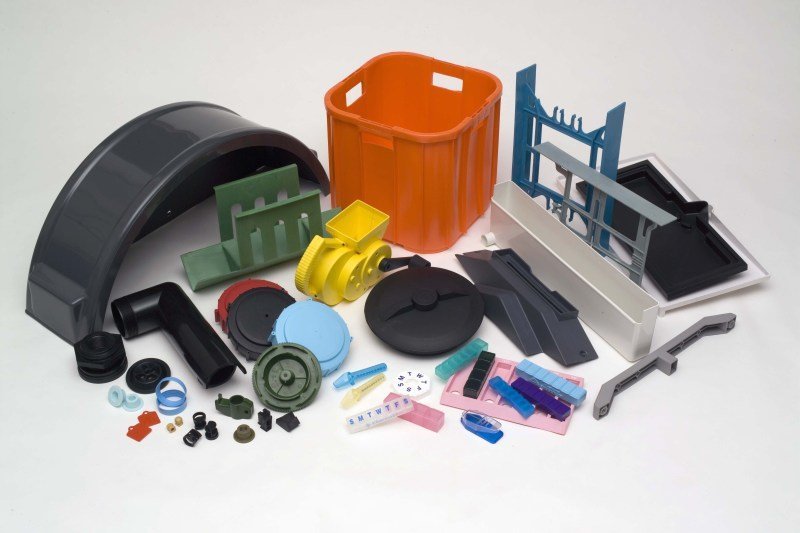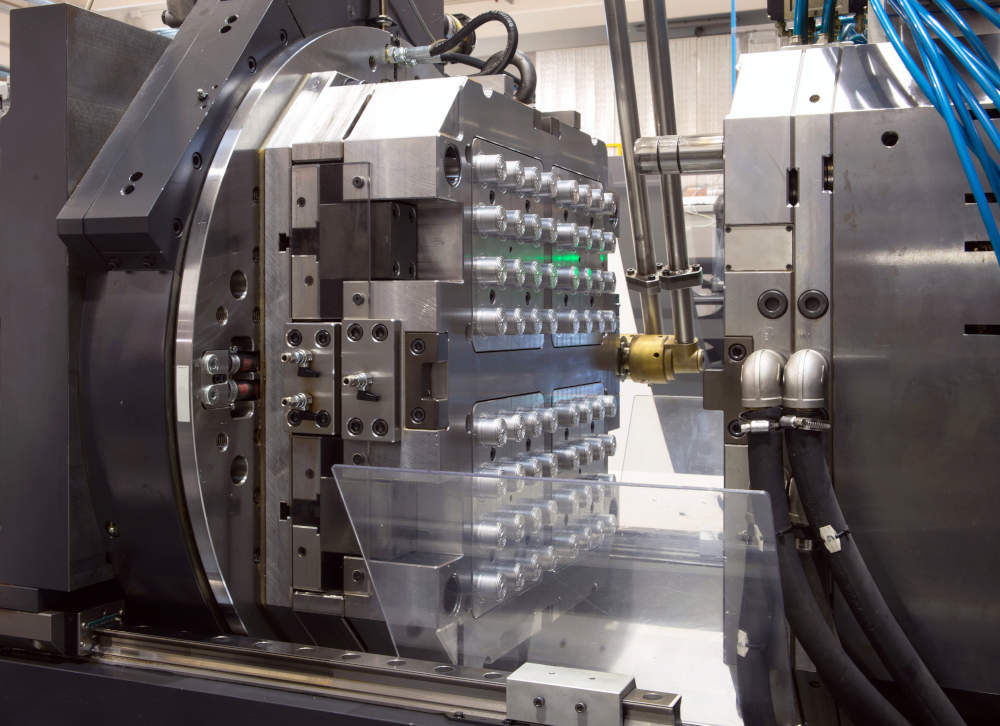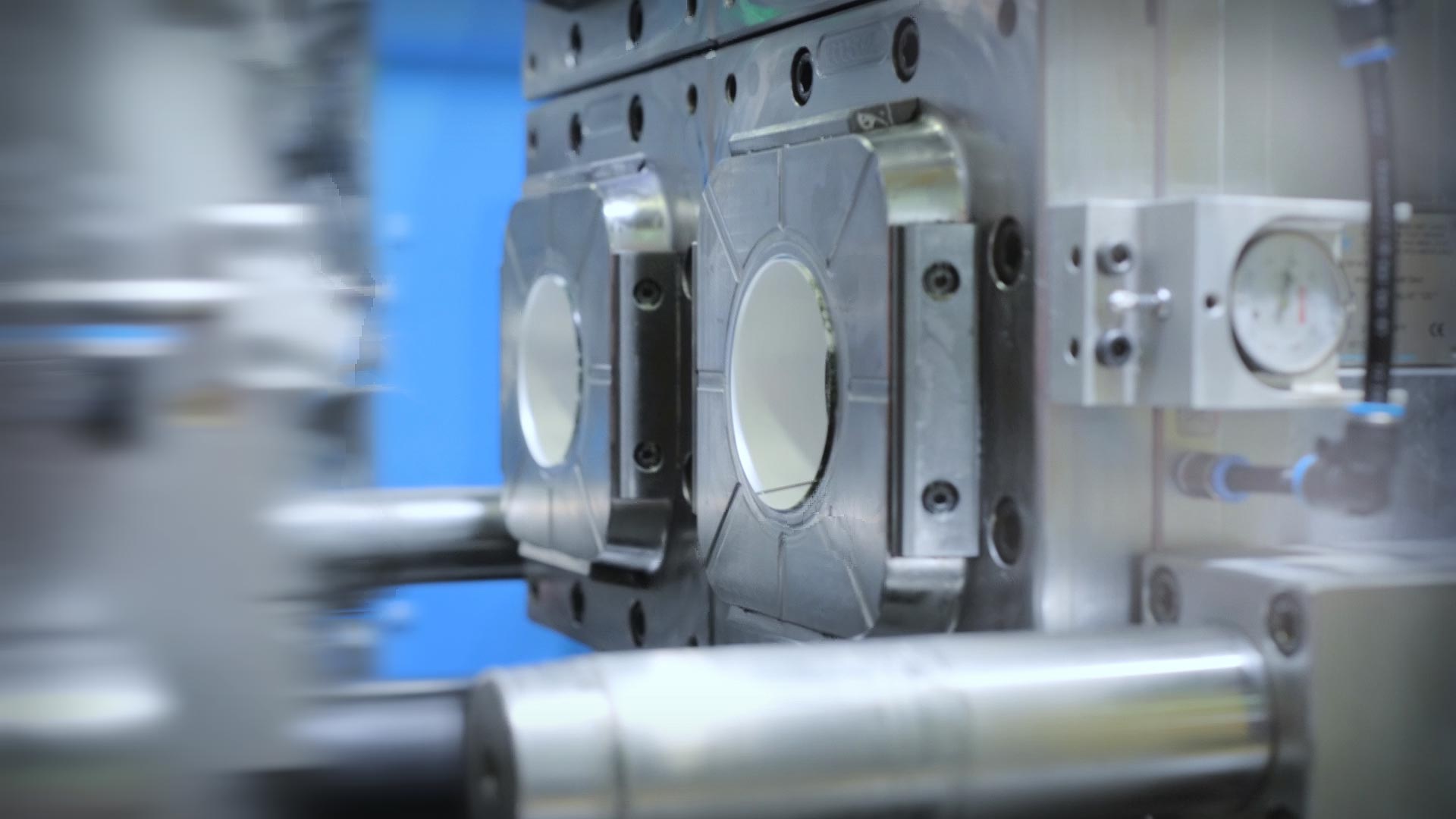Discovering the Future of Plastic Injection Molding in the Production Sector
Discovering the Future of Plastic Injection Molding in the Production Sector
Blog Article
Comprehending the Essentials of Plastic Shot Molding Processes
Plastic injection molding functions as a cornerstone of modern production, offering a methodical strategy to generating complex components with precision. This process not just includes the essential actions of melting and infusing products into molds yet likewise entails a nuanced understanding of different affecting factors, such as temperature level and stress. As markets increasingly demand efficiency and quality, the ins and outs of this methodology come to be much more vital. Checking out these crucial elements could disclose exactly how even minor changes can cause considerable renovations in manufacturing outcomes, questioning concerning the capacity for development in this well established process.
What Is Plastic Injection Molding?
Plastic shot molding is a commonly utilized production procedure that transforms thermosetting and polycarbonate products right into specific and intricate forms. This strategy is preferred for its capability to generate high quantities of the same components with outstanding accuracy, making it a crucial approach in numerous markets, consisting of automotive, durable goods, and clinical gadgets.
The process entails thawing the selected plastic material and infusing it into a mold under high pressure. The mold and mildew, made to the requirements of the wanted component, enables the liquified plastic to take form as it cools and solidifies. When the material has solidified, the mold is opened up, and the ended up element is ejected.
Plastic injection molding supplies several benefits, consisting of minimized waste, consistency in production, and the capability to include detailed layouts that may be challenging with other manufacturing methods. In addition, it sustains a broad series of products, each supplying unique homes that can be tailored for details applications. As sectors remain to innovate, plastic injection molding stays at the leading edge, making it possible for the advancement of innovative products that meet developing customer needs.
The Shot Molding Process
The shot molding procedure is an advanced technique that involves a number of crucial stages to create high-quality plastic parts. Plastic pellets are fed right into a heated barrel where they are thawed right into a thick fluid. This molten plastic is after that infused under high stress right into a precision-engineered mold, which forms the product into the desired form.
When the mold and mildew is filled up, the plastic is permitted to cool and solidify, taking the shape of the mold tooth cavity. Cooling time is crucial, as it influences the cycle time and the final homes of the shaped part. After sufficient cooling, the mold and mildew opens up, and the finished element is ejected making use of ejector pins.

Products Utilized in Shot Molding
Various materials can be made use of in the injection molding procedure, each offering one-of-a-kind residential or commercial properties that accommodate particular applications. One of the most typically made use of products consist of thermoplastics, thermosetting plastics, and elastomers.

Thermosetting plastics, like epoxy and phenolic resins, go through a chemical adjustment throughout the healing procedure, causing a rigid, inflexible framework. These products are perfect for applications requiring high heat resistance and structural integrity, usually made use of in electric insulators and vehicle parts.
Elastomers, including silicone and rubber-based materials, offer flexibility and resilience. Their special homes make them ideal for applications that require flexibility, such as gaskets and seals.
Furthermore, specialty materials like bio-based plastics and composites are acquiring traction for their environmental benefits and enhanced efficiency qualities, broadening the scope of injection molding applications in various sectors. Understanding the residential properties of these materials is crucial for selecting the ideal kind for certain projects.
Advantages of Injection Molding
Injection molding attracts attention as an extremely effective production procedure that provides many advantages for generating complicated get rid of precision. Among the most significant benefits is the capacity to develop detailed styles that would certainly be difficult or tough to achieve with various other methods (Plastic Injection Molding). The procedure permits comprehensive attributes and limited tolerances, guaranteeing high-grade parts
Additionally, injection molding is understood for its fast manufacturing capacities, making it an ideal option for high-volume manufacturing. When the mold and mildew is produced, components can be produced quickly, decreasing lead times and raising general performance. This efficiency not only reduces production prices but likewise provides a competitive edge in the market.
The adaptability of products used in shot molding further boosts its charm. A wide variety of thermoplastics and thermosetting polymers can be employed, allowing producers to pick materials that ideal fulfill their certain requirements, including versatility, warm, and stamina resistance.
Additionally, the procedure reduces waste, as excess material can usually be recycled and reused. This sustainability aspect adds to a reduced ecological effect, making shot molding a liable manufacturing selection. Overall, the advantages of injection molding make it a recommended approach for numerous sectors.
Aspects Affecting Product Top Quality
While countless elements can influence product quality in injection molding, recognizing these elements is crucial for attaining optimum results. Secret aspects consist of material option, processing parameters, and mold and mildew design.
Material option plays an important duty, as various polymers display check it out one-of-a-kind residential properties that affect flowability, strength, and thermal security. Poor product option can cause problems such as warping or insufficient filling.
Handling criteria, including cycle, temperature, and stress time, must be meticulously controlled. Variants in these setups can lead to incongruities in component dimensions and surface area finish. Excessively high temperatures might create deterioration of the polymer, while poor pressure can result in short shots.
Mold and mildew style is equally important, as it identifies the flow of the molten plastic and the cooling procedure. Badly made molds may bring about unequal air conditioning rates, causing dimensional errors and recurring tensions.

Final Thought
To conclude, plastic shot molding works as an essential production process that enables the efficient production of high-quality elements. Mastery of the shot molding procedure, consisting of the understanding of products and the impact of different elements on product top quality, is crucial for attaining ideal outcomes. The advantages of this technique, such as cost-effectiveness and design flexibility, more highlight its relevance across multiple sectors, strengthening its status as a preferred selection for high-volume manufacturing.
Plastic injection molding serves as a cornerstone of contemporary manufacturing, supplying a systematic technique to generating complicated components with accuracy.Plastic injection molding uses a number of advantages, consisting of minimized waste, consistency in production, and the ability to integrate detailed styles that may be challenging with various other producing approaches (Plastic Injection Molding). As industries continue to introduce, plastic injection molding continues to be at the forefront, enabling the advancement of advanced items that meet advancing consumer demands
The shot molding procedure is go right here a sophisticated strategy that includes numerous vital phases to create premium plastic parts.In final thought, plastic shot molding serves as an essential manufacturing procedure that enables the efficient manufacturing of top quality parts.
Report this page